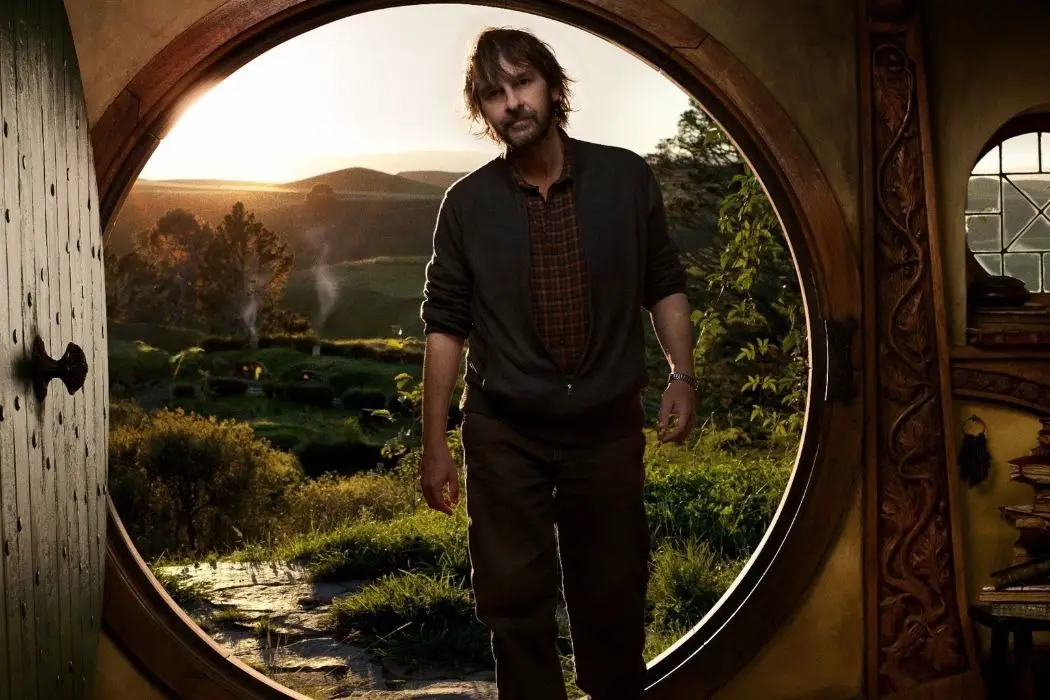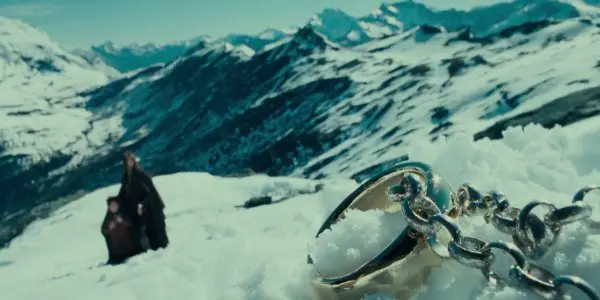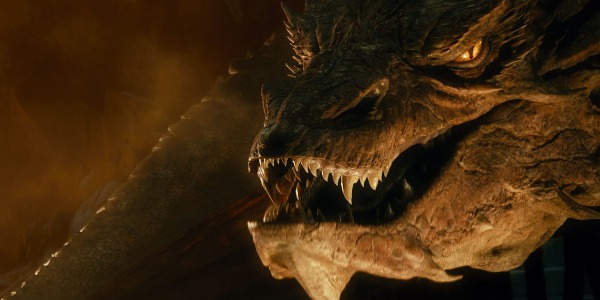THE MAKING OF MIDDLE-EARTH (Book Review): Author Ian Nathan’s Definitive History Of Peter Jackson’s Films

I once made mashed potato for Rick Astley. It's not…
There was a time when Middle-Earth was deemed unfilmable. The labyrinthine mythology, the epic scale and the bustling roster of orcs, goblins, elves and more made this a project that was always destined to remain on the page.
This is without even mentioning the intricate web of rights, which saw, at various times, different parts of Tolkien’s world owned by everyone from the Tolkien Estate through to United Artists, Saul Zaentz and New Line Cinema. Despite these myriad difficulties, it was a team of humble Kiwis that was able to breathe cinematic life into Tolkien’s world.
The Task At Hand
Indeed, Ian Nathan’s new book provides a definitive account of how Peter Jackson and his band of collaborators ripped Middle-Earth from the page. Anything You Can Imagine: Peter Jackson and the Making of Middle-Earth shows the nuts and bolts processes that went into not just making six towering films, but into creating a cinematic world.
“Lord of the Rings was incredibly hard to make, if you actually boil down the timings and the effort required over such a sustained period,” he says. But this Mumakil-sized task, which took a consolidated four years to film and a weighty period of pre-production, was tackled with pragmatism and humility.
He continues, “There’s a kind of endurance that’s inherent in the New Zealand people that allows you to just go and go and go and endure the hardships without pretence or a need for luxury.”
Right Place, Right Time
New Zealand became a character in its own right in Jackson’s films, from the stunning vistas of Mount Sunday (Edoras) through to the quaint countryside of Matamata (Hobbiton). Yet this is equally true in Nathan’s book. Like a diligent friend who just plugs away in the background, the pragmatic Kiwi spirit was an ever-present ally on set.
“Being on this remote island on the other side of the world means you’re often on your own a lot of the time and you have to solve your own problems,” he explains.

This often manifested itself in a style of filmmaking which was beautifully tactile and practical. Whether it was the medieval armourer drafted to kit out the orcs, the beautifully carved ‘Bigatures’ of Minas Tirith or just the ability to solve problems without unnecessary drama, The Lord of the Rings is often described as the world’s biggest independent production.
Nathan, who visited the productions on numerous occasions, skilfully focuses his book on the people who actually made it all happen. He summarises that: “There’s something not only in the beauty of New Zealand, but in the place. The almost spiritual Maori background, the mythology of the country, the humour and the pragmatic nature of the people which bonded them all together.”
Great Expectations
Yet did this change when The Hobbit bandied onto the screen? “Inevitably, once Jackson won all those Oscars and made all this money for New Line and Warner Brothers you couldn’t put the lid back on Pandora’s Box,” he suggests. Opening the lid on New Zealand saw an increased commercial sensibility flow into Jackson’s world, even if it was indeed able to retain some of its independence.
While the pioneering work of Weta Digital’s MASSIVE program, never mind their achievements with Andy Serkis’ Gollum, was exceptional for the early noughties, a decade later this tech was readily available. “Solutions were suddenly right there before [Jackson],” explains Nathan.
Though not as critically acclaimed as his original trilogy, there is much to love about The Hobbit. There are times when the whimsicality of the book flows on screen, even if Nathan believes the films could’ve embraced this child-like tone more readily.

Be that as it may, the splendour of Smaug and the mysticism of Mirkwood still excite the author. “I think it gets damned a bit too much,” he suggests, “yes it’s stretched a bit too far, but there’s still stuff in it that I prefer to any Marvel movie.”
The Hobbit existed in a post-Rings world and was bound to be compared beat-for-beat with its predecessor. So too is the new Amazon TV series, which is contractually obliged to start filming this year.
Though still excited to jump back into Middle-Earth, Nathan thinks the series is in danger of lacking the “whimsical weirdness” which Jackson brought to Tolkien’s world. What’s more, he thinks that by plumbing the depths of the author’s appendices, the series risks producing “ersatz Tolkien.”
Telling A Story
After visiting Middle-Earth on numerous occasions and analysing the films frame-by-frame, Nathan was adamant he wanted this to be a book about the people and the place. “My fundamental ethos was that this wasn’t a book about Tolkien,” he says, “It was a book about Kiwi filmmakers doing the impossible with the subject matter.”
It’s a book about doing the impossible, but also one which is riddled with boisterous anecdotes. There’s the weekly raffle which was won by an in-costume orc, the story of Sean Bean and Orlando Bloom being forced to lodge in a random old lady’s house during a storm, and the time the author was mistaken by Sir Christopher Lee as a member of the catering team. These tales, and more, only add to the richness of the account.

And so, after living and breathing Peter Jackson’s world for so long, it begs the question; which is his favourite film? Though Fellowship is the most “romantic” and “directly Tolkien”, and while Return of the King captures “the thrill of the finale”, for the author it has to be the extended edition of The Two Towers. Though caught in the narrative middle, it confidently expands Middle-Earth and “feels like a Western.”
If The Two Towers was a Western then Peter Jackson was the “humble”, eccentric gunslinger who led from the front. “Jackson unified a country behind him and I don’t know where else you could’ve done that,” concludes Nathan. The films were a team effort, and the book takes you into the heart of the action.
What’s your favourite Middle-Earth movie? Will the Amazon show be a success? Let us know in the comments below!
Anything You Can Imagine: Peter Jackson and the Making of Middle-Earth is now available in paperback. More details can be found here.
Does content like this matter to you?
Become a Member and support film journalism. Unlock access to all of Film Inquiry`s great articles. Join a community of like-minded readers who are passionate about cinema - get access to our private members Network, give back to independent filmmakers, and more.
I once made mashed potato for Rick Astley. It's not really relevant to my passion for film but hey ho.













